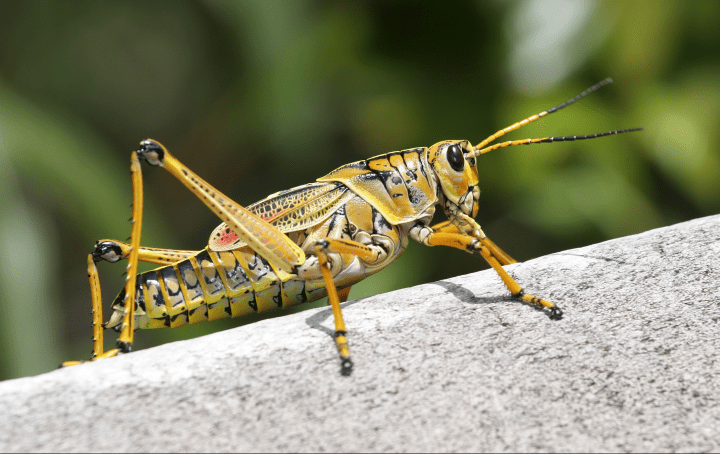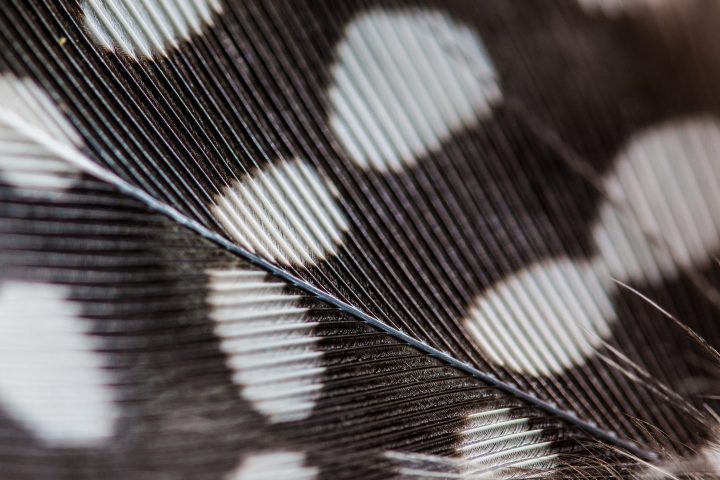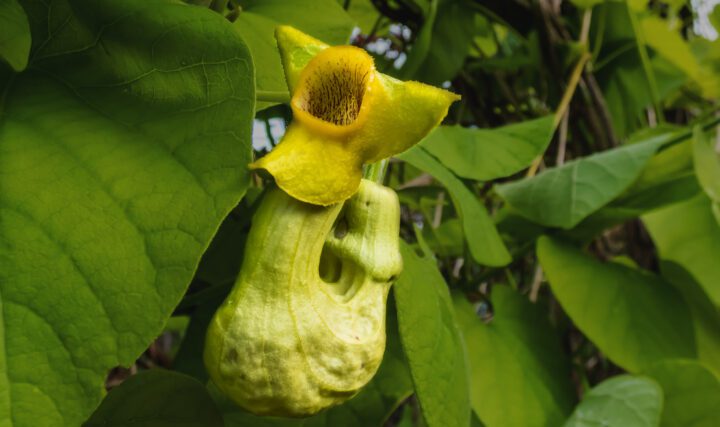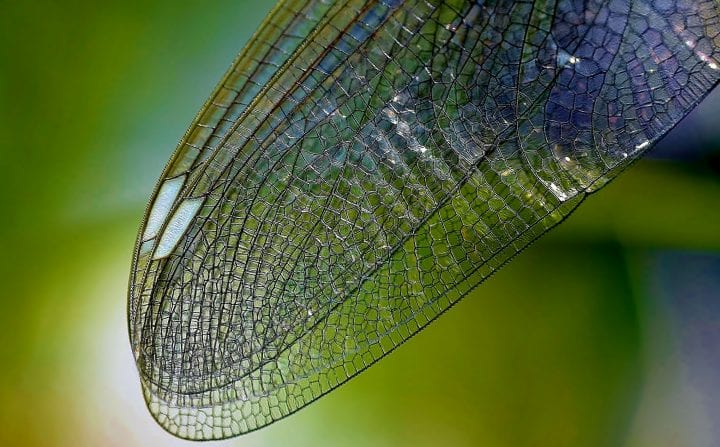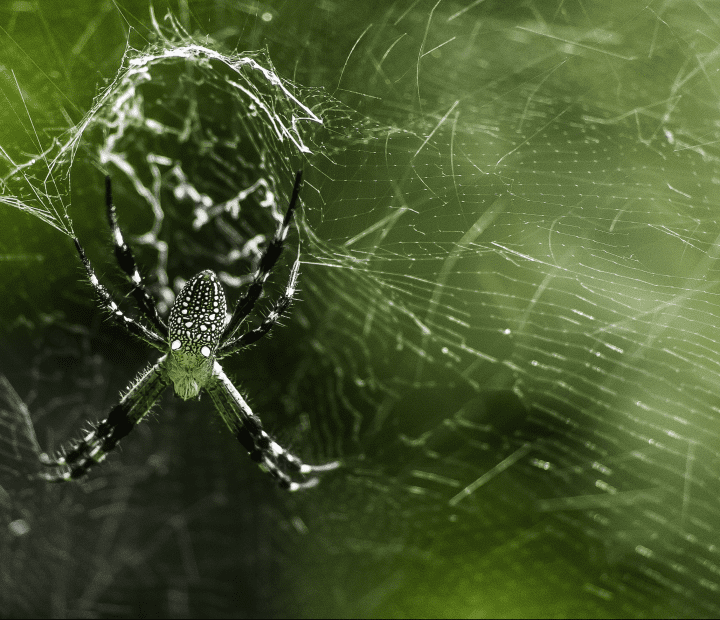Ants achieve astonishing lifting power through direct muscle attachments to rigid exoskeletal structures, combined with joint designs, limb geometry, and stabilizing feet.
Introduction
Ants are some of the smallest yet strongest creatures on Earth. Found nearly everywhere except Antarctica, they thrive in forests, deserts, grasslands, and cities. Despite their tiny size, ants regularly lift and carry objects many times heavier than themselves. This super strength comes not from magical muscles but from clever biomechanics: how their muscles attach, how their skeleton is built, and how their limbs and joints are shaped. The ant’s body is a miniature masterpiece of engineering, revealing insights that could transform human designs.
The Strategy
Muscle Attachment to Apodemes: The Secret Behind Ant Strength
The core secret of an ant’s strength lies in how its muscles connect to its skeleton. Unlike mammals, where muscles attach to internal bones via tendons, ants have an exoskeleton made of chitin, a tough, lightweight material. Inside that shell, projecting into the body cavity, are stiff internal struts called apodemes (from the Greek apo– meaning “away from” and démas meaning “body”).
Muscles attach directly to these apodemes, rather than to soft, flexible tendons. When an ant’s muscle contracts, it pulls the apodeme, which pivots like a lever to move the limb or body part. This system:
-
Maximizes mechanical precision, because there’s almost no elastic “give” in the hard apodemes or exoskeleton.
-
Provides a large surface area for muscle attachment relative to the ant’s small size, allowing for dense packing of powerful muscle fibers.
-
Reduces energy loss, because force transmission is direct and efficient.
Studies on leafcutter ants show that up to 50 percent of their head volume can be occupied by muscles devoted to closing the mandibles. That’s possible thanks to the rigid apodeme framework supporting massive muscle attachments in a tiny space.
Joint Design: Precision Hinges and Load Distribution
Ant joints are not simple ball-and-socket connections. Instead, they often resemble hinges or pivots, sculpted to restrict motion to specific planes. For example:
-
The ant’s neck joint combines flexible membranes for movement with interlocking hard surfaces that prevent overextension. This joint has been measured to handle forces thousands of times greater than the ant’s own weight under laboratory conditions (Nguyen et al., 2014).
-
Joints in the legs have reinforced cuticular ridges, spreading stress across broader areas of the exoskeleton to avoid material fatigue or cracks.
These joint designs ensure that forces remain aligned and well-distributed, minimizing weak points where the skeleton might fail.
Limb Geometry: Strength and Stability
Ant limbs are shaped like lightweight mechanical arms or cranes:
-
Segments are typically slender and tubular, maximizing stiffness while minimizing weight—a principle known as high moment of inertia, resisting bending.
-
The joints are often elongated and narrow, reducing twisting forces and channeling loads along the strongest axis of the limb.
-
The femur (the upper leg segment) is usually the stoutest part, serving as the primary load-bearing beam.
This geometry enables ants to support surprisingly heavy loads without buckling. Essentially, an ant’s legs function like a series of well-designed struts and levers, precisely engineered for carrying weight.
Mandibles: Precision Power Tools
An ant’s mandibles are powerful tools shaped to maximize leverage:
-
They work like mechanical levers, converting modest muscle contractions into strong bite forces.
-
In many ant species, mandibles curve or taper to focus force at the tips for gripping or cutting.
-
The mandibles’ surfaces often have tiny serrations to improve grip on materials like seeds, prey, or leaves.
These jaws allow ants to pick up, hold, and maneuver heavy items with precision.
Feet: Gripping the World
Ant feet are marvels of micro-scale adhesion. Each foot ends in:
-
Claws, which hook into irregular surfaces like bark or soil.
-
Adhesive pads called arolia between the claws, which can stick to smooth surfaces using capillary forces from a thin layer of fluid or by molecular van der Waals forces.
When an ant walks or climbs glass, it uses these arolia to generate grip on smooth surfaces, while the claws anchor on rough textures. This dual system allows ants to maintain traction under significant loads, whether they’re scaling walls or crossing ceilings upside-down.
Low Body Mass and Material Strength
Another reason ants can lift heavy relative loads is that their absolute mass is very small, reducing the forces acting on their limbs and joints. Because gravity’s effects scale with mass, the materials in an ant’s exoskeleton easily handle the stresses involved.
Put differently, the physical strength of chitin and the exoskeletal design far exceeds the forces generated by the ant’s weight, even when carrying large objects. This means ants avoid fractures or buckling that larger animals would suffer under similar relative loads.
The Potential
The ant’s muscle attachment system and mechanical design offer a powerful blueprint for human innovation. Engineers are exploring how to build micro-robots with rigid internal structures that mimic apodemes, enabling these tiny machines to generate high force despite their small size. Ant mandibles also inspire the creation of precision tools for gripping, cutting, or performing delicate surgical procedures, where strength and accuracy must coexist in a compact design.
In the field of medical technology, advanced prosthetic devices could be developed to replicate the ant’s direct and efficient force transmission, improving strength and responsiveness for users. Meanwhile, architects and engineers look to ant limb geometry as a model for lightweight structures that combine minimal material use with exceptional strength and stability.
Ants remind us that true power and precision are not merely a function of size, but of how materials, geometry, and mechanics are woven together in elegant and efficient ways.
AI on AskNature
This page was produced in part with the assistance of AI, which is allowing us to greatly expand the volume of content available on AskNature. All of the content has been reviewed for accuracy and appropriateness by human editors. To provide feedback or to get involved with the project, contact us.



